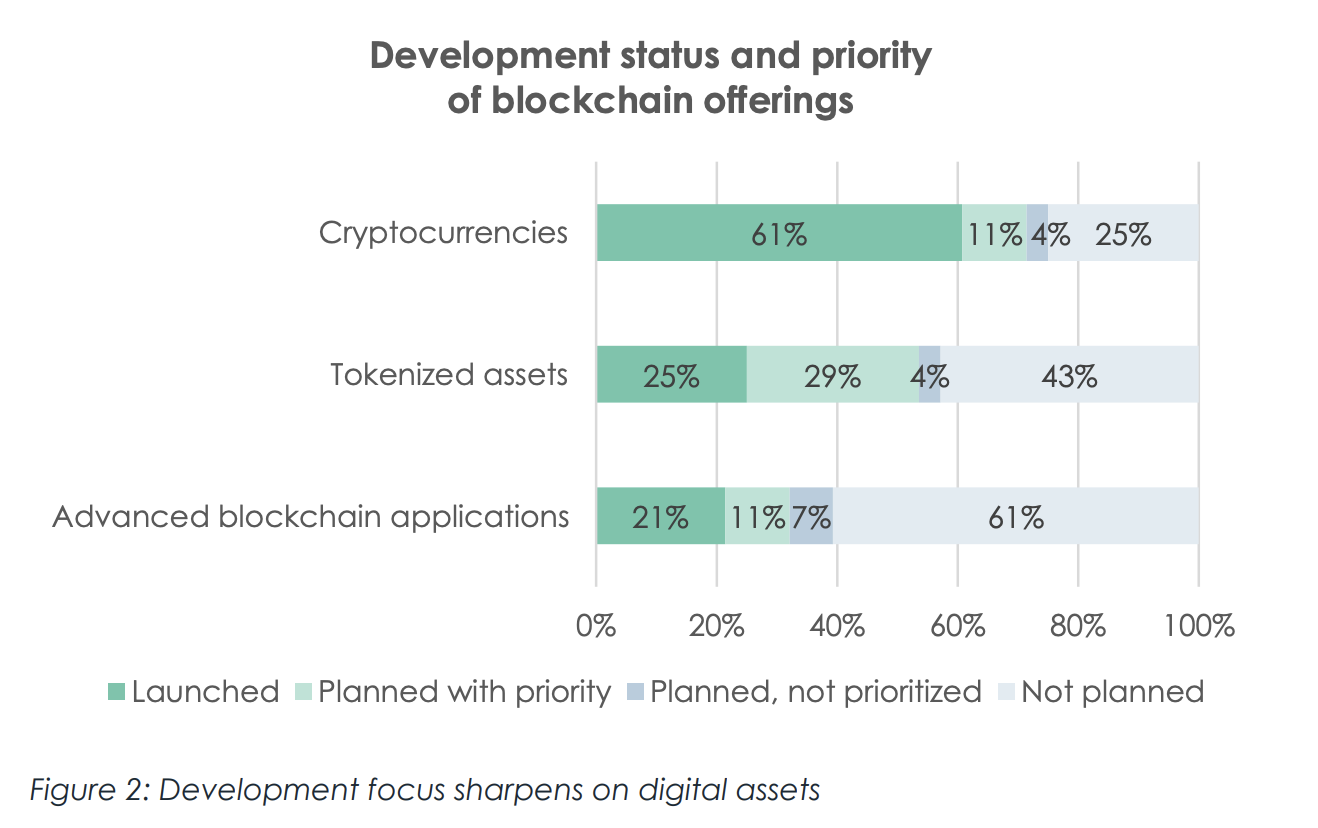Swiss FrancThe Euro has risen by 0.02% to 1.0551 |
EUR/CHF and USD/CHF, April 08(see more posts on EUR/CHF, USD/CHF, ) Source: markets.ft.com - Click to enlarge |
FX RatesOverview: Global equities are struggling after the S&P 500 staged a dramatic reversal yesterday. The early 3.5% gain was completely unwound and closed slightly lower. With few exceptions (e.g., Japan and the Philippines), most equity markets in the Asia Pacific region and Europe are lower. Benchmark 10 year bond yields are consolidating yesterday’s rise, but peripheral yields are a bit higher after the Eurogroup of EMU finance ministers were unable to reach an agreement. The US 10-year yield is flat around 72 bp. The dollar is firm as the risk appetites have waned. The greenback is firmer against all the major currencies, with the Scandis and dollar-bloc currencies the weakest. Among emerging market currencies, the Philippine peso and South African rand are exceptions. Gold is straddling $1650, and oil prices are hugging yesterday’s lows. |
FX Performance, April 8 |
Asia Pacific
S&P downgraded the outlook for Australia AAA rating to negative from stable. The larger debt burden was the main factor cited. Separately, but related, parliament approved the A$130 bln (~$80 bln) package that included a wage subsidy of A$1500 every two weeks per employee of struggling businesses to help maintain employment (and income).
The lockdown of Wuhan, where Covid-19 emerged, was lifted after 76 days. On the other hand, China admitted to 62 new cases of the virus. Some are calling this a second wave, but it is not obvious that it is really separate from the initial contagion, and easing of restrictions simply allowed the virus to renew its growth. Hong Kong also approved an HKD309 bln package and extended the social distancing rules until April 23. Separately, the World Health Organization has become subject to the ire of US President Trump for being slow to respond and for becoming “very China-centric” and appears to withhold funding.
Japan’s machine tools unexpectedly rose in February. The 2.3% gain contrasts with expectations for a 2.9% decline. However, the outlook for the economy remains poor, and one US bank forecasts a 25% contraction here in Q2. It would likely be the third consecutive quarterly decline. The same bank estimates that the JPY108 trillion ($990 bln) stimulus package is really only about JPY14 trillion of new stimulus this year.
The dollar is confined to a narrow range against the yen today. It is in about a 25-tick range around JPY108.75. It is the second session of lower highs. A slightly broader range is marked by the 200-day moving average (~JPY108.35) and the week’s high so far (~JPY109.35). The Australian dollar is a little heavier, but it remains within yesterday’s range (~$0.6075-$0.6210). The $0.6200 area stemmed an advance in last March too. It is not clear yet if the market has given up on it. The dollar fell through the lower end of its range near CNY7.05 yesterday but pushed back above it today.
Europe
In reviewing Fed policy, we note three main dimensions: 1) Monetary policy proper, interest rates and Treasuries and Agencies; 2) market supportive measures, the SIVs being setup for commercial paper, money markets, asset-backed securities, loans to small and medium-sized businesses; and 3) its regulatory power, such as the recent adjustment to the calculation of the supplementary leverage ratio. The ECB conducts monetary policy proper but is less likely to take direct measures to support the markets. The bank channel of capital distribution and policy transmission is more important in Europe.
The ECB deployed another lever yesterday when it announced a temporary broadening the collateral it would accept in its operations and give such collateral a smaller haircut (20% reduction across the board). The ECB has been buying Greek bonds in its operations, but it has not accepted them for collateral until now. The goal of these measures is to help facilitate bank lending to businesses and households. The ECB also asked the Eurosystem committees to assess measures that would mitigate the impact on collateral for rating agency downgrades during this period. It is understood to be temporary, which like the Pandemic Emergency Purchase Program, is projected to run until the end of the year.
While the ECB is innovating, European governments are struggling to provide a collective response. Yesterday’s meeting of EMU finance ministers failed to reach an agreement on proposals to send to the heads of state, who themselves were unable to reach an agreement recently either. So much energy was devoted to common corona bonds, with some arguing that it was the only option to “save” Europe. There are many political and practical issues that a joint bond, not the quickest response to the emergency, even if it is recognized as a medium-term benefit. Many advocates seem to sweep aside issues like servicing the bond when the EU has no power to tax. Eurogroup talks continue today.
The euro ran out of steam yesterday near $1.0925, a three-day high. It fell to about $1.0830 in late Asian turnover before finding support in the European morning a little higher. This looks likely to mark the range pending new developments. Sterling posted an outside up day yesterday by trading on both sides of Monday’s range and settling above Monday’s high. There has been no follow-through buying, and sterling is moving sideways in the upper end of yesterday’s range. Initial support is seen just below $1.2300, and the $1.2350 area has been a sufficient cap thus far today.
America
The US payroll protection plan, where small businesses can get loans to cover costs that can become grants if employees are retained (or rehired), has been so successful, even if the systems have been overwhelmed that the Congress is seeking to earmark another $250 bln. Initially, nearly $350 bln was set aside for the new program. It may be expedited ahead of the next fiscal package that is being negotiated, which would be for around $1 trillion.
Ahead of the OPEC+ and G20 meetings, the EIA offered up the possibility that US oil output is 1.2 mln barrels per day less (-10%) than it previously projected this year and 1.6 mln bpd less next year. It expects production to bottom a little below 11 mln bpd in March 2021.The EIA forecasts a global surplus of 11.4 mln bpd in Q2 when economists expect the economies to bottom. Meanwhile, API estimated that oil inventories rose by 11.9 mln barrels last week, almost a third more than expected. Gasoline inventories swell by 9.5 mln barrels. API estimates don’t always match the government’s (EIA) estimate. The median forecast in the Bloomberg survey anticipates a nearly 9.7 mln barrel build.
Canada reports housing starts (March) and permits (February), while Mexico reports industrial production figures (February), but the market does not seem to be very interested in high-frequency data. The FOMC minutes will be released today, but here too, events have run ahead. Some are urging the Fed to do more to support local government debt There is also talk that the Fed may adjust (increase) the interest paid on reserves and the reverse repo facility to protect the lower end of its target range. The effective Fed funds rate fell below 10 bp last week and is hovering around five basis points now. The Fed pays interests on required and excess reserves.
The US dollar is straddling the CAD1.40-area. Since moving above CAD1.40 in mid-March, the US dollar has only closed below twice, and yesterday was one of those times. Indeed, the greenback fell to around CAD1.3945, an eight-day low. The consolidative tone would be at risk on a move above CAD1.4080-CAD1.4100. The dollar needs consolidation against the Mexican peso. Look at the range of the past two sessions, from the record dollar high on Monday (~MXN25.7850) to yesterday’s low (~MXN23.8250). It also speaks to the heightened volatility. The one-month implied is near 30.8% today, off from the 40%+ peak in the middle of last month, but was around 7% before the crisis struck.
Graphs and additional information on Swiss Franc by the snbchf team.
Full story here Are you the author? Previous post See more for Next postTags: #USD,Australia,COVID-19,ECB,EUR/CHF,newsletter,OIL,USD/CHF

























